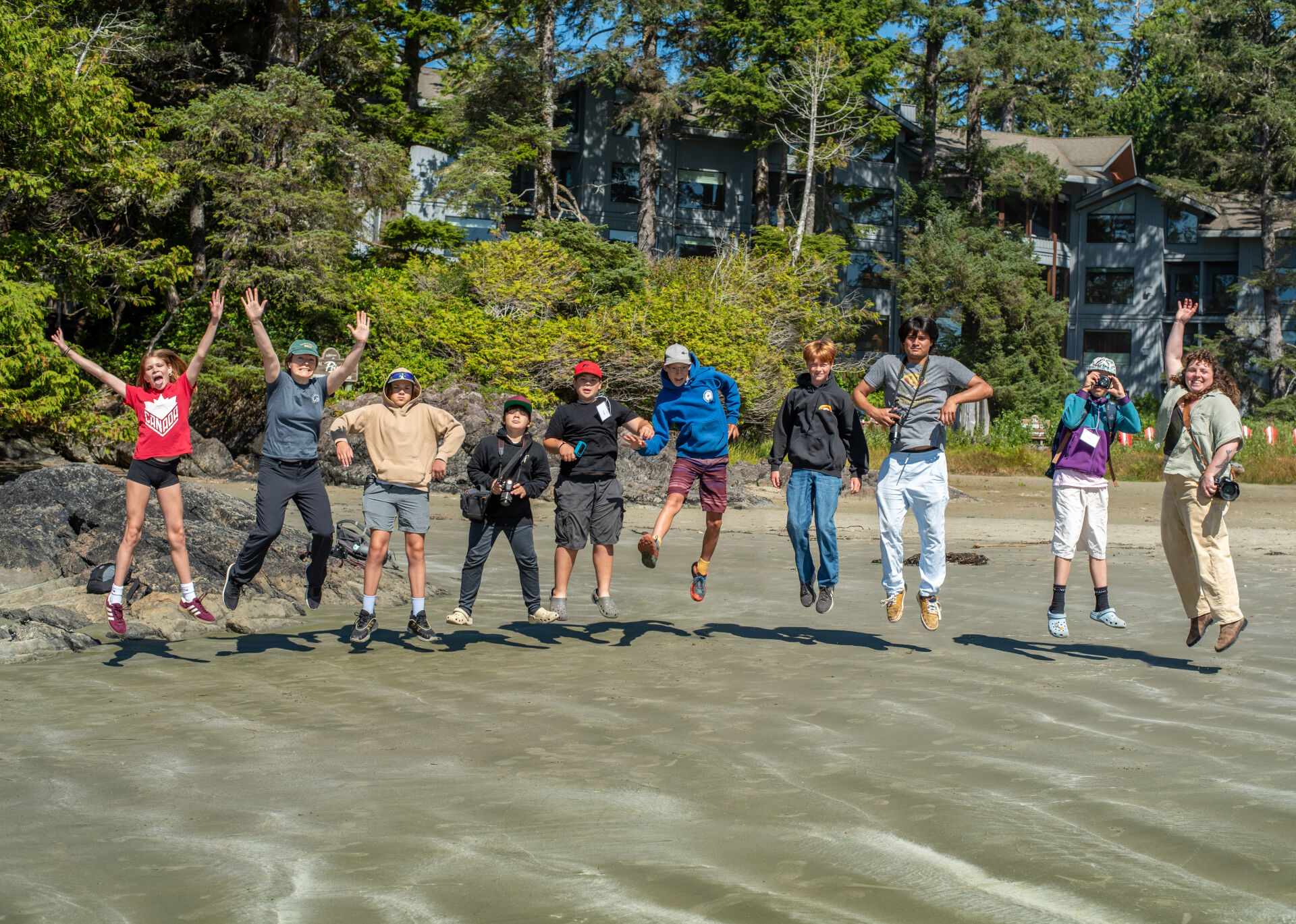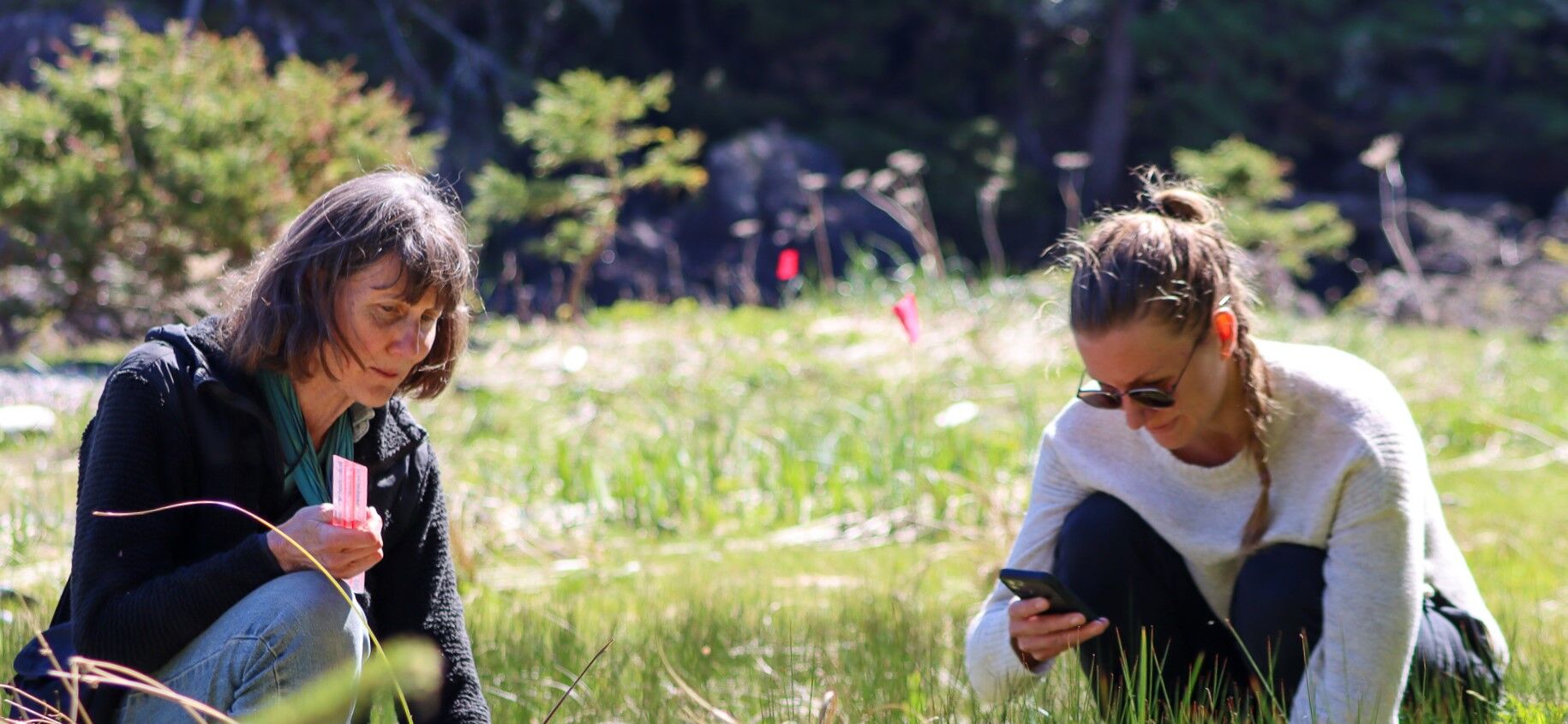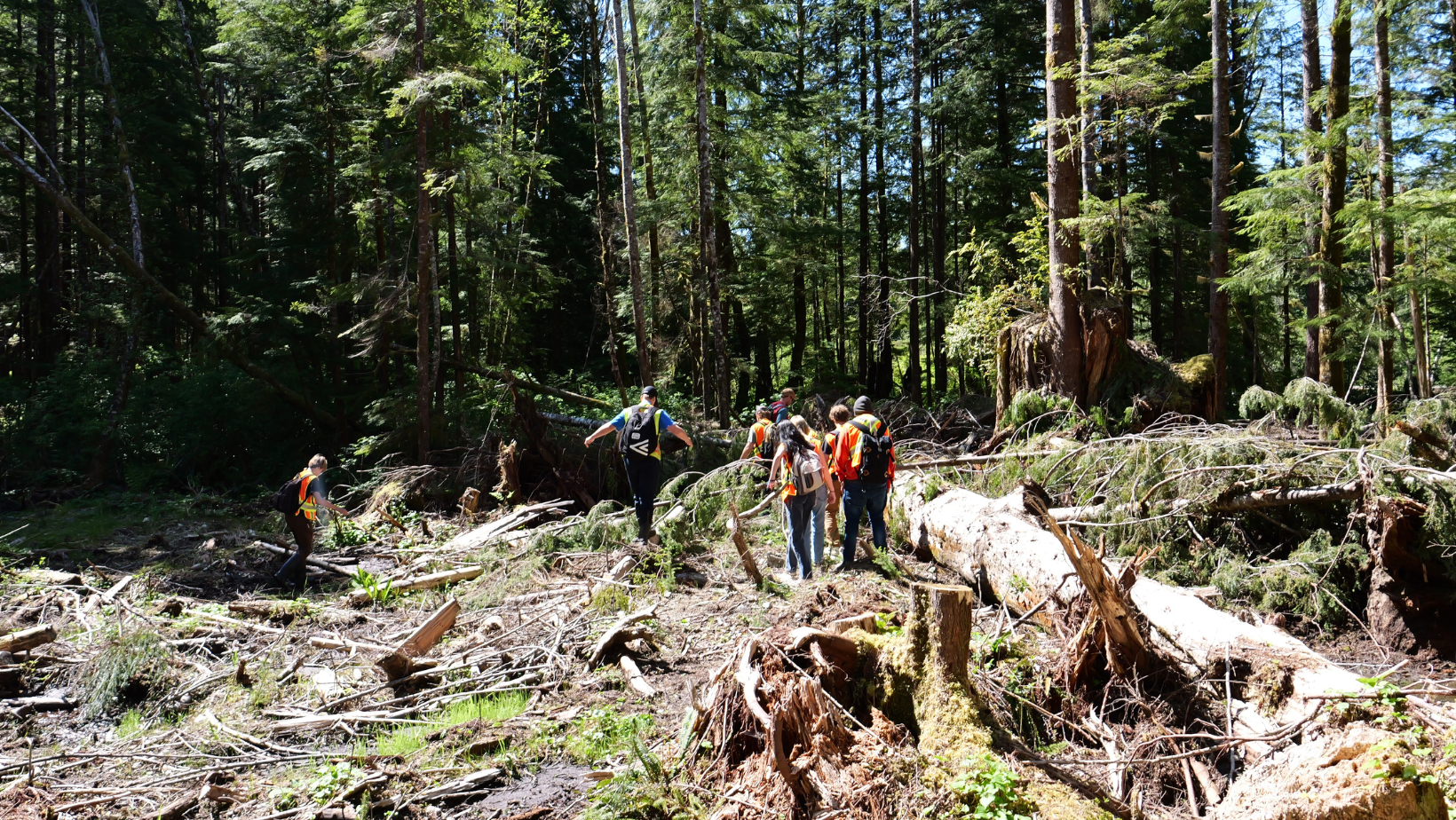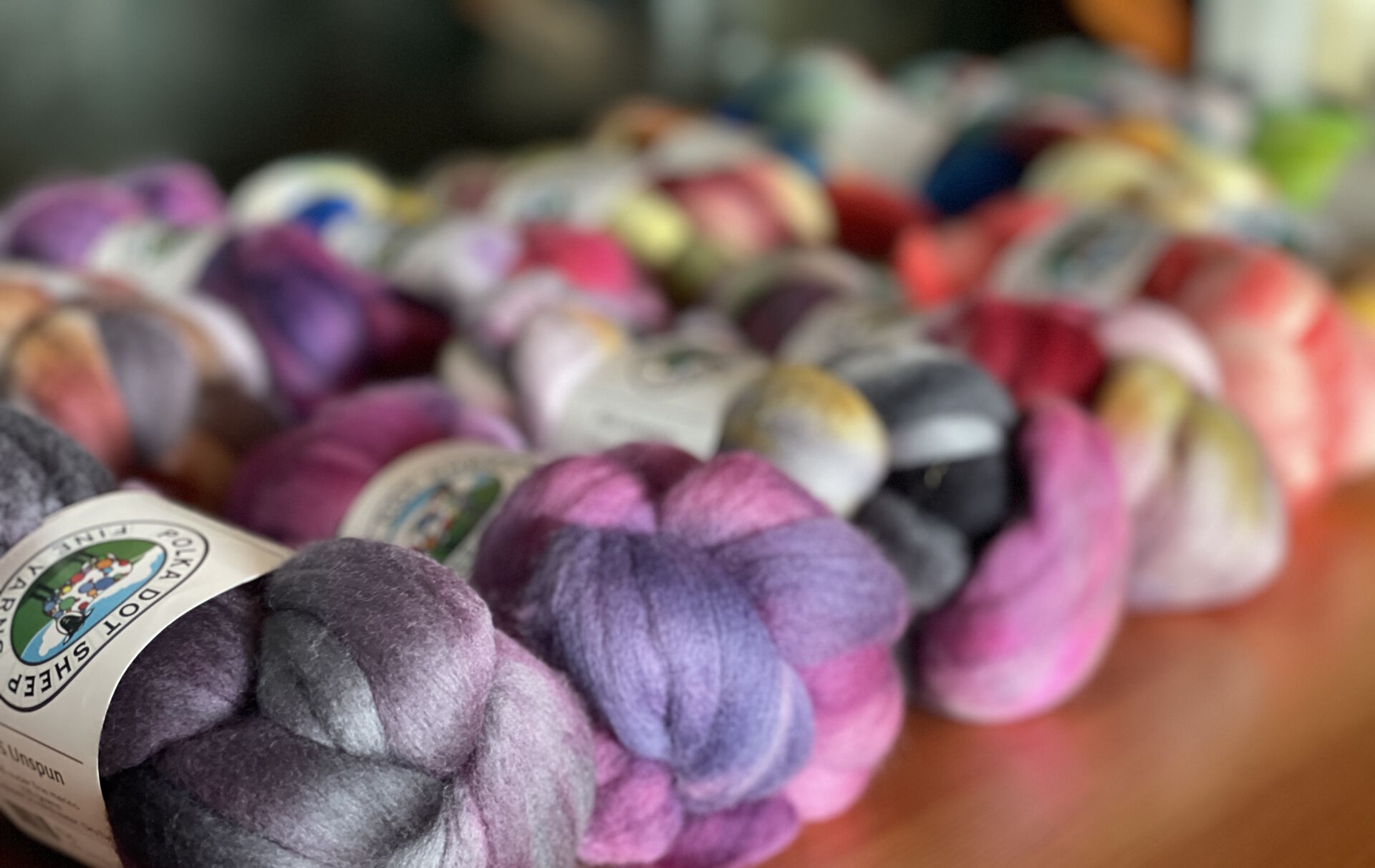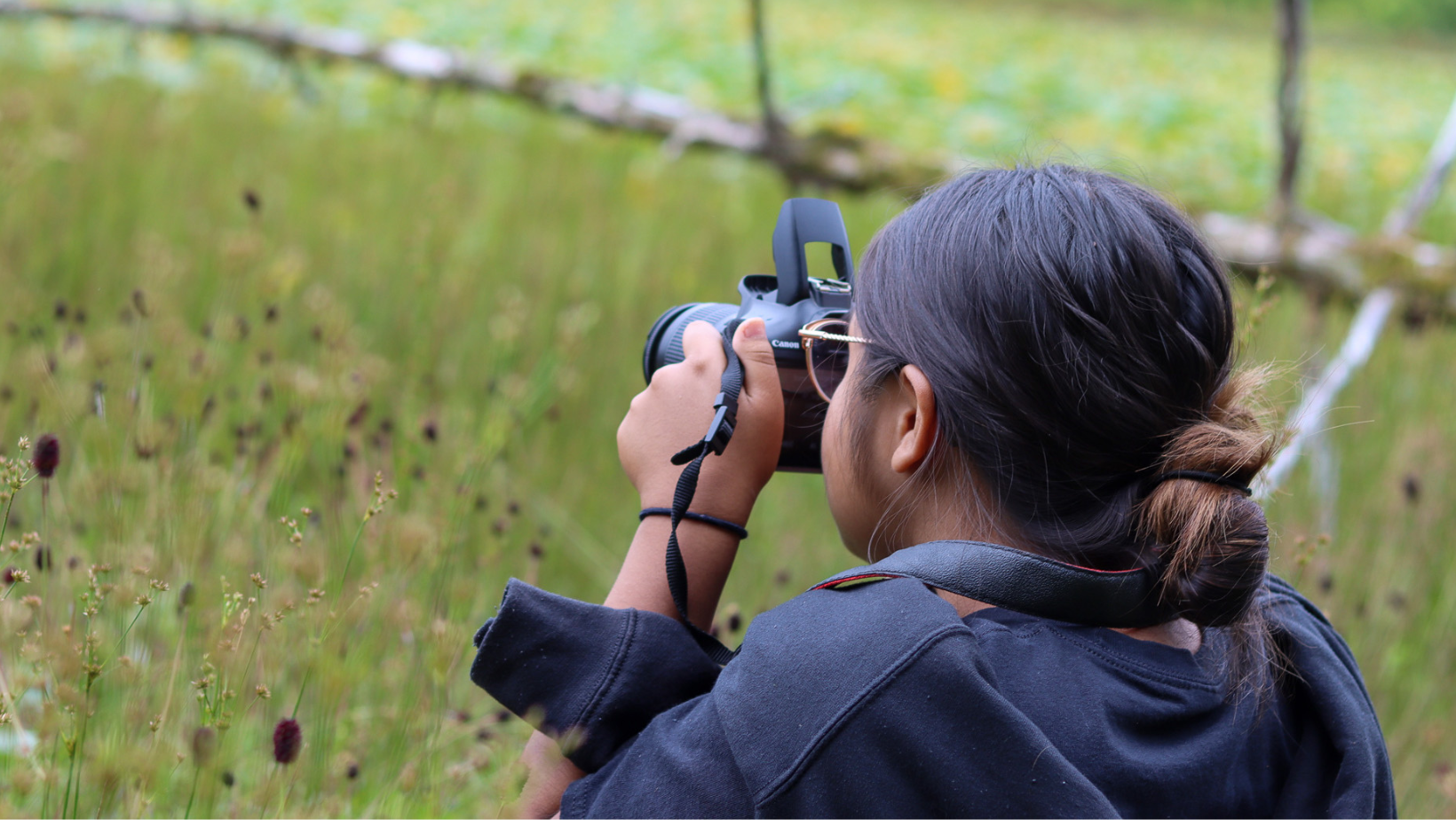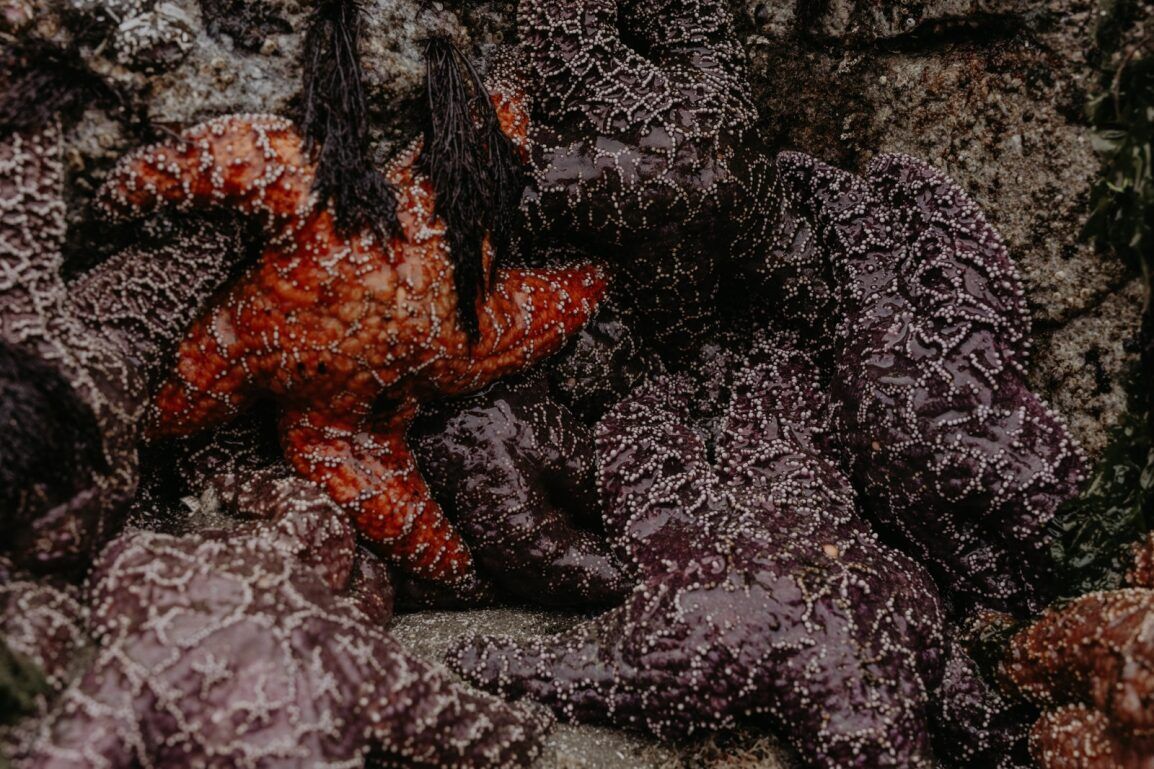Microplastic Coast
Brittany Buirs is a Marine Biology graduate from the University of Victoria. She, like many people living in our community, is dedicating her life to understanding the ocean while protecting it, and providing awareness of a bigger problem we seem to be finding more and more – microplastics.
Britt works as a biologist and Marine Debris Coordinator at the Ucluelet Aquarium. She started off as a summer student in 2016, and her passion for learning more about the ocean, its fascinating creatures, and ways to protect them has evolved her role at the Aquarium. Since managing the microplastic surveys, Britt has become an advocate for bringing awareness to this detrimental reality in our community.
In order to understand the situation at hand, one must recognize the severity of the problem. There are three main types of microplastics found on local west coast beaches: hard plastics, nurdles, and styrofoam. Hard plastics are broken down from their original form due to wave action and light causing small pieces to break off into miniscule form, but never quite disintegrating. Nurdles, are small plastic beads, the raw material used to produce larger plastic materials. They usually end up in the ocean from storm drains or even cargo spills from shipping the product overseas. As for styrofoam, believe it or not, this material is used locally in our very own harbors to keep docks afloat. What do all of these plastics have in common? All of them are cheap to produce and buy, but most importantly, end up on our beaches and even worse, in the food chain.
Marine animals commonly mistake plastic for food. Once ingested, the animals feel a sensation of being full and can end up starving themselves. Nurdles in particular can resemble fish eggs and are being consumed by marine life and seabirds, inducing this feeling of fullness. Plastic is also a magnet for harmful toxins and this can cause bioaccumulation along the food chain. This means top predators, like humans, are at threat of consuming a higher concentration of toxins through the food chain, compared to animals at the base of the food chain (zooplankton, forage fish etc.).
Britt and the Ucluelet Aquarium have been doing monthly microplastic surveys since August 2017 with the help of citizen scientists. So far, their findings show that microplastics are predominantly present in the winter months when the tides are higher and the ocean currents are stronger.
Buirs says, “The sheer amount of small plastics is alarming and I wonder how it’s possible to clean it all up? We’re working on such a small section of the beach and to think about the hundreds of kilometers of coastline, it can get quite overwhelming.”
Britt and the Ucluelet Aquarium rely primarily on citizen scientists to help conduct this research because, well, Britt only has two hands. Citizen science is a great way to get individuals involved in education, research and community engagement. The aquarium also believes that through volunteering, people are more likely to think of ways they can personally reduce their single-use plastic consumption and in turn, educate others around them.
Becoming a citizen scientist supports the Ucluelet Aquarim to increase the available information on microplastic pollution and understand the type and distribution of these plastics. It also allows individuals to learn about the ecological impacts microplastics have on the marine environment by seeing the problem first hand. Lastly, it is a great way to create conversation about solutions and resources to mitigate plastic consumption and waste.
The Ucluelet Aquarium is always searching for citizen scientists to partake in their monthly surveys. Although Buirs receives help from Parks Canada, Raincoast Education Society, and other local organizations, it’s important that she reaches other members of the community as well. Her goal is to educate as many people as possible because “the more you know, the more power you have to make change. Reach out, work together, and ask questions to learn more about the issues and what you can do to help,” she says.
She believes the key to making big impacts to reduce plastic footprint, is to start small. “Choose one item at a time to prevent getting overwhelmed in creating new plastic-free habits. Once you’ve succeeded, move onto the next item. When we look at our coastline, we tend to zoom out and often we forget to zoom in to see what’s under our own feet. Once you witness the problem, it is a great way to become motivated to help fix it.”
If becoming a citizen scientist is of interest to you, then look no further! The Ucluelet Aquarium is hosting multiple microplastic surveys this summer and you can become an integral part of them. On July 19th, 2019 from 9 am to 11 am, as well as, August 23rd, 2019 from 11:30 am to 1:30 pm, Britt will be conducting surveys at Wickaninnish beach in the Pacific Rim National Park. For more information about volunteering with Britt, contact her by email at marinedebris@uclueletaquarium.org to find out how you can help.
Going plastic-free is easier than it sounds. Websites such as www.lifewithouhtplastic.com and https://plasticfree.solutions/ are great resources for beginning the process. Discover today how you can make a difference in your everyday life to become a greener more efficient version of yourself. Working together collectively to reduce single-use plastic consumption is one of many ways we can diminish our carbon footprint. Don’t wait, act today!



